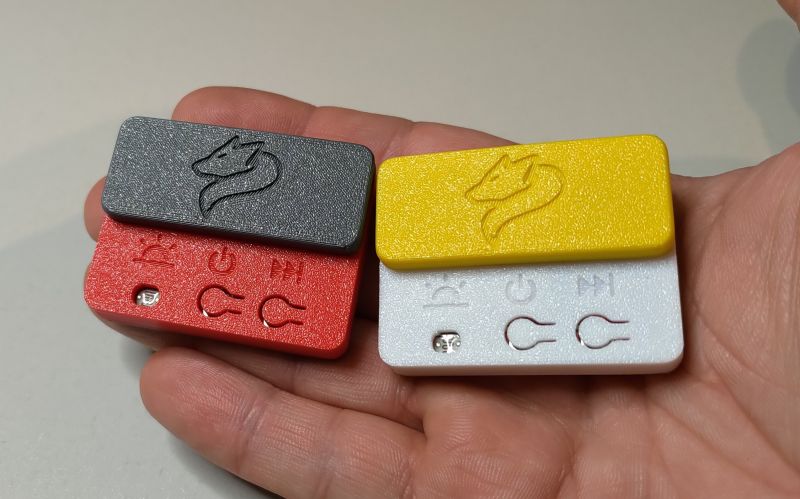popiol667 wrote:My title mate, give me some convincing arguments
What do you mean, buddy?
You're picking on because I found out that:
tytka wrote:In my opinion, class D for headphones is more of a joke (unless on the phone).
tytka wrote:On a preliminary comparison, yes, yes. However, to choose an amplifier that suits me sonically; however, I prefer it additionally
your listening experience. Unfortunately, the parameters alone do not say everything about the sound.
So I answer:
- Yes, for me it makes no sense to build a class D headphone amplifier. The headphone amplifier generates low output power, so you can go ahead and make it in a less efficient class. The more that in such an "uneconomical" class it is quite a simple device.
In general, I personally see class D in battery-powered equipment and in loudspeakers in large rooms and stages.
- This is how I can hear the difference in the sound of amplifiers and I think a lot of people can do it (though probably not in the way you think).
I sometimes repair an amplifier. After I fix it, I like to listen to one or two albums with it. I would like to point out that in a room whose acoustics I know well from everyday listening, and on speakers that I listen to on a daily basis, During such listening sessions, I often hear a certain difference in the sound between this amplifier and my private one, which I use every day. I just listen to an album that I know, which I have listened to many times on my own equipment, and during such listening (not listening too forcefully) I hear some differences in the exposure of certain sounds.
That's the way it is, and I feel good about it. What do you think about it is your business.




